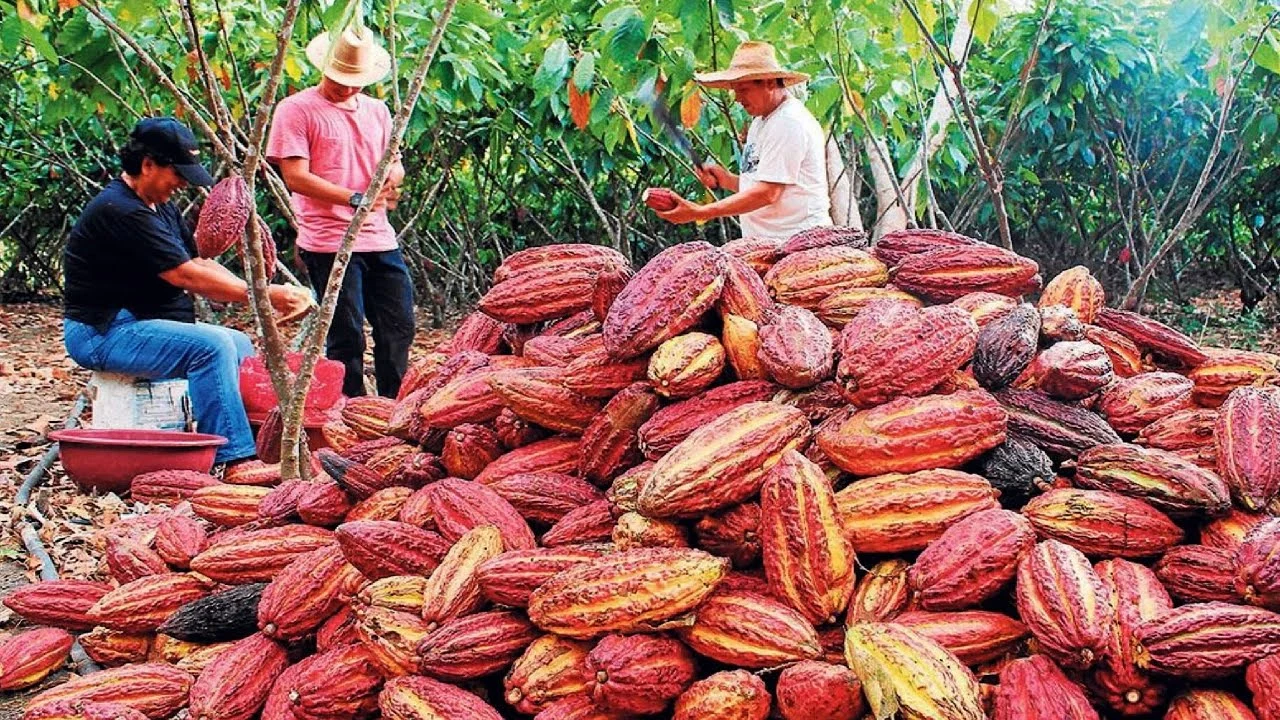World Cocoa prices soared past $9,000 per ton for the first time in two decades, surpassing copper prices.
The jump stems from a supply pinch as demand from chocolate makers rises. They scramble for cocoa beans.
Cocoa futures jumped 50% this month, and the price has more than doubled this year.
West Africa, the top cocoa source, faced bad weather and crop diseases. These issues, plus low production elsewhere, stressed the industry.
In Latin America, rising cocoa costs mean more expenses for producers.
Prices hit an all-time high of $10,000 per ton. Now, cocoa costs more than copper. This spike will hike chocolate prices.

Easter eggs already cost more due to last year’s rise. Some producers cut chocolate bar sizes or changed recipes to lessen the blow.
In New York, futures rose to $9,400, up 5.2%. Despite overbought warnings, prices climbed. London saw similar increases.
Analysts warn that chocolate might cost even more by Easter 2025. This is due to ongoing tree diseases and bad weather, plus rising sugar prices.
Despite price spikes, speculators have pulled back. Open interest fell from January’s high, and fund managers cut bullish bets. This shows that real buyers are driving the rally.
EU rules against forest-harming products may worsen supply issues. This could trouble chocolate makers in the bloc.
Focus now shifts to West Africa’s smaller mid-crop. The Ivory Coast regulator predicts a drop this season.
Market trends mirror these developments. Cocoa rose 4.7% to $9,357 per ton in New York. London cocoa and unrefined sugar prices increased, while arabica coffee fell.
This surge in cocoa prices matters. It affects chocolate costs worldwide. As cocoa outpaces copper, the industry and consumers face changes.
This situation highlights the global impact of crop shortages and market dynamics.

